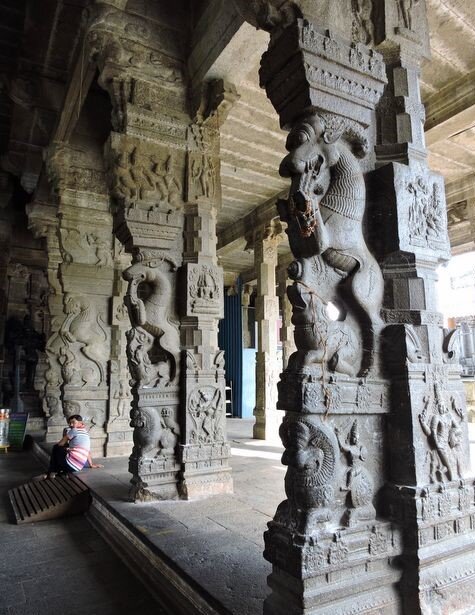What does the UNESCO Heritage tentative list mean for these places in India?
From Varanasi’s ghats to Kanchipuram’s temples—these are the new potential World Heritage sites in India
The next time you visit Varanasi’s ghats, they might just hold the status of a UNESCO World Heritage site. The organisation has included the ghats and five other sites in India on its tentative list of heritage sites. The others on the list considered for the final nomination are the temples of Kanchipuram in Tamil Nadu, Satpura Tiger Reserve in Madhya Pradesh, the Marble rocks at Bhedhaghat, Madhya Pradesh among others.
World Heritage is the designation for places on Earth that are considered to have outstanding universal value to humanity. The designation marks the places as sites to be preserved and protected for future generations to enjoy. Of these, 38 World Heritage Sites are in India, like the iconic Taj Mahal in Agra, the Ajanta and Ellora caves in Maharashtra, Humayun’s Tomb in Delhi and the Sun Temple in Konark.
Here is why these sites have made it to the list:
ICONIC RIVERFRONT OF THE HISTORIC CITY OF VARANASI, UTTAR PRADESH
The city of Varanasi has 84 ghats, built in different historical periods. Of these, five ghats, are considered most sacred. They are named Assi, Dashashvamedha, Manikarnika, Panchaganga and Adi Keshava. Its outstanding universal value lies in the fact that it is one of the most ancient continuously inhabited cities of the world since at least 1200 BCE. The juxtaposition of the sacred and the mundane, life and death, spiritual and material facets associated with the River Ganga on the Varanasi ghats, embodies a wholly significant interaction between the natural and urban elements of the city.
Varanasi can be very easily combined with a trip to North India via flights from Delhi, Kolkata and Mumbai.
TEMPLES OF KANCHIPURAM, TAMIL NADU
Kanchipuram, an ancient city in Tamil Nadu, is a Hindu pilgrimage site home to several temples dedicated to Shiva and Vishnu. Eleven temples, including the Kailasanatha and Mukteswara Temple, are part of the nomination. The temples of Kanchipuram exhibit the creative genius of the Pallava architects in design and scale of construction. The fact that the sculptors did not have any model to follow to create this array of divine imagery makes the temples of Kanchipuram an outstanding example of a first-of-its-kind experimentation in temple architecture.
Kanchipuram is 1.5 hours drive from Chennai and can be combined as a day trip or a drive onto Pondicherry for a Coromandel Coast tour.
BHEDAGHAT IN NARMADA VALLEY, MADHYA PRADESH
Bhedaghat, situated on the Narmada riverside close to Jabalpur, is home to glittering marble rock formations that take on different colours as the light changes through the day. The magnesium limestone rocks on both sides of the Narmada reflect in the clear waters, forming a spectacle of natural light and colour in the area. No such example exists where a river flows freely splitting an enormous mountain of marble. Bhedaghat is exceptionally blessed where the colourful & divine Narmada river flows in her own strange styles. Somewhere its flow is turbulent and in other places as calm as Yogi (Saint).
From Bhedaghat, Jabalpur, one can visit the Tiger Circuit of Madhya Pradesh – Bandavgarh, Kanha, Pench and Satpura OR do a culture circuit to Bhopal, Indore and Maheshwar replete with history, folk culture and textiles










